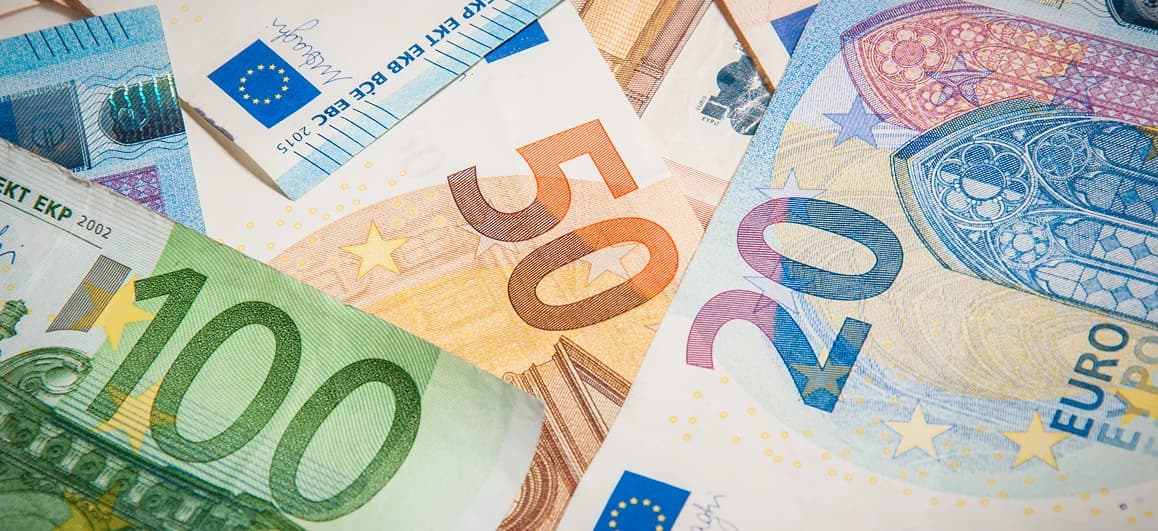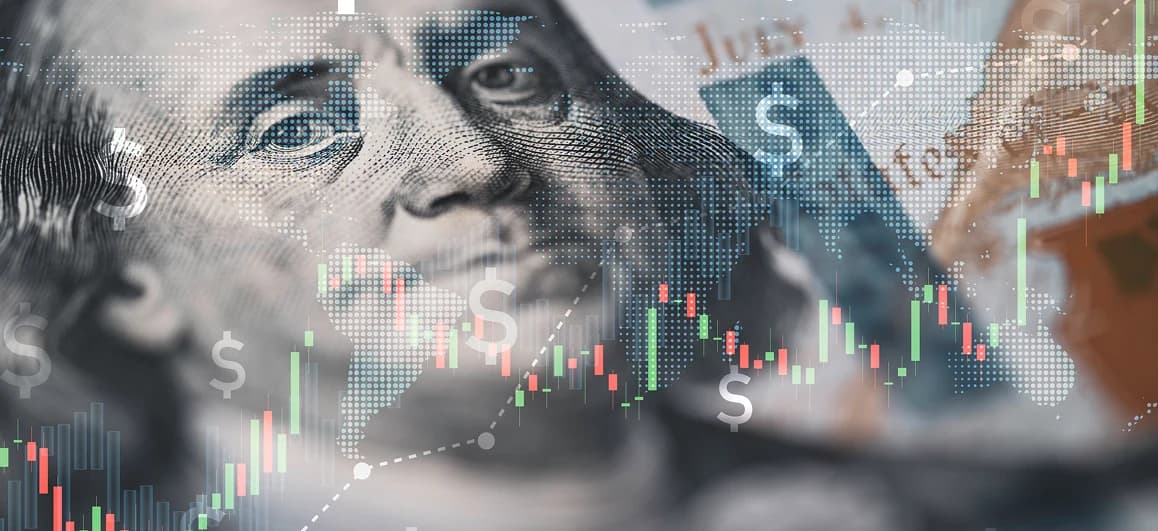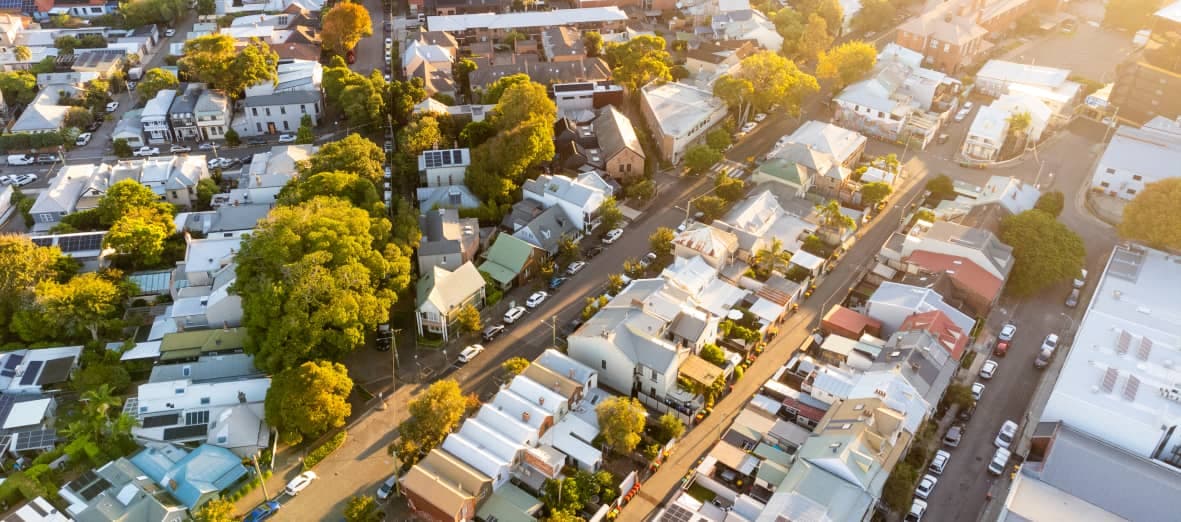- Home
- Blog
- Personal Finance
- How to open a bank account in Australia

How to open a bank account in Australia
If you’re wondering how to open a bank account in Australia, here’s everything you need to know before you arrive in the country.
٨ أكتوبر ٢٠٢٠ — 8 min read
You’ve just moved to Australia! Amidst all of the excitement, there are probably quite a few items on your to-do list.
You have to look for an apartment in the city, get a tax file number, and open a bank account you can transfer money to for your first month's rent and deposit—and other expenses.
If you open a new bank account after you arrive in Australia, you may have to wait for a few days for your bank card to arrive. During this time, you won't be able to withdraw money from the ATM; you'll have to go into the bank to make withdrawals.
Banks close earlier in Australia and some don't open on weekends. You may end up using your old credit card and losing money on currency conversion fees. That’s why opening a bank account before you arrive is so important.
Running around the city and trying to get used to your new life is stressful enough. You don’t need to wait to open a bank account after you move to Australia. Take care of it now and make it easy on yourself later.
Why open a bank account in Australia before relocating?
It’s sensible to take care of your banking needs before you move to Australia. You won’t have to worry about finances once you get there. Instead, you can focus on adjusting to your new environment. Here are several reasons why you should open a bank account in Australia before moving.
You can transfer money to your Australian bank account and easily access it when you arrive at your new home.
You’ll enjoy lower fees. Banks usually charge lower fees when you bank locally than when you bank internationally. The costs of transactions are normally high because of international fees or currency conversions.
You’ll find it easier to pay bills to rental agencies, utility companies, and other service providers. Timing is everything when it comes to getting the right apartment. If you delay to pay, the agent will move on to the next person.
Your new employer can send your salary directly to your Australian bank account.
How to open an Australian bank account as a non-resident
You’ll need an Australian bank account to manage your day-to-day banking. The best option is a transaction account (everyday account). In other countries, this type of account is called a checking (or chequing) account, or a current account. A transaction account gives you easy access to your money and is the account you’ll transfer money into. It’s also the account your employer will send your salary to.
You can open an Australian bank account online before arriving in the country. You can also do it over the phone or in person when you arrive. When opening a bank account, you need valid forms of ID such as your passport, driving license, overseas credit card, or Australian Document of Identity. We’ll talk about that shortly.
What do you need to open an Australian bank account?
When opening a bank account in Australia, you must verify your identity with 100 ID points. The 100 point system was established by the Australian government to fight financial transaction fraud. It ensures that you’re the only person who accesses your accounts.
To open and operate an account, you have to present different documents that prove your identity. Each document has a specific number of points: 25, 35, 40, or 70. You must have at least 100 points.
The documents are divided into 4 categories:
Primary documents (70 points): birth certificate, current passport, citizenship certificate, or diplomatic documents.
Secondary documents with a name and a photograph (40 points): driving license, Commonwealth-issued ID card, or public service employee identification card.
Secondary documents with a name and address (35 points): a mortgage or Land Titles Office record (for homeowners).
Secondary documents with a signature, date of birth, or address (25 points): bank statement, utility bill, credit card, EFTPOS card, or foreign driver’s license.
Have all your documents ready to ensure you meet the requirements for opening an Australian bank account. You can easily verify your identity online by simply following the prompts. For example, if you're using your driver's license, you'll have to enter the license number. You may also have to upload a scanned image of the front.
What do you need to open an Australian checking account?
In Australia, a checking account is known as a transaction or everyday account. It is used for daily transactions and you can deposit or withdraw money whenever you want. You can quickly take care of any expenses that arise. To open an Australian checking account, you have to meet the 100 ID points requirements.
How long does it take to open a bank account in Australia?
The length of time varies; it all depends on whether you’re opening the account online or in person. If you open the account online, the process will take 5 to 10 minutes. To speed things up, make sure you have all your ID documents handy.
If you open the account in person, the process may take about 30 minutes. Book an appointment in advance or you may have to wait in line. Some banks issue ATM cards on the spot while others send them by mail.
What are the different types of Australian bank accounts?
Transaction Accounts
These accounts are for everyday transactions like shopping and paying bills. They usually have monthly fees depending on the services required. The fees vary from bank to bank. Transaction accounts rarely generate interest. And if you use your ATM at other banks, your bank may charge you.
Savings Accounts
Savings accounts generate interest; the interest earned is determined by the account balance. For your money to earn interest, the account must have a specific minimum balance. You can use a savings account for everyday banking needs like withdrawals and deposits. If you don’t withdraw money over a certain period, your account may pay a higher interest rate—depending on the bank.
Term Deposit Accounts
These accounts offer higher interest rates than savings accounts. However, you won’t be able to access your funds for a specific period of time known as “the term”. The interest rate is fixed and you can access your money and the interest at the end of the term.
Foreign Currency/Multi-Currency Accounts
Offered by most big banks, these accounts are ideal for those who receive some type of income in another currency. A multi-currency account allows you to send and receive money in multiple currencies. You can make the most of fluctuating exchange rates and avoid high currency conversion fees.
Credit Card Accounts
A credit card allows you to buy something and pay for it over time. Some cards have low annual fees and low rates while others offer reward programs, allowing you to optimize your spending. Be sure to do a little research before opening a credit card account.
Joint Accounts
A joint account can be accessed by more than one person. It can be any type of account: transaction, term deposit, savings, or foreign. Joint accounts are typically opened by spouses or business partners and make it easy to manage shared expenses. Anyone linked to the account can make deposits and withdrawals.
Which are the best Australian banks?
The top 10 banks in Australia are Australia and New Zealand Banking Group (ANZ), Commonwealth Bank, Westpac Bank, National Australian Bank (NAB), Macquarie, Bank of Queensland, Bendigo Bank, Bankwest, Suncorp Bank, and AMP Bank Ltd. The first 4 are Australia’s biggest banks.
According to Canstar, the best banks in Australia are ING and Qudos Bank. NAB is the best bank among the big 4. The top 2 banks for online and mobile banking are Commonwealth Bank and Beyond Bank.
There are 53 banks in Australia, and 14 of them are owned by the government. They offer traditional banking services, business banking, insurance, stockbroking, and funds management. They also trade in financial markets.
What should you look for in a bank?
Easy access to branch. Some Australian banks are online-based and have no branches. If you’ll be making in-branch transactions, choose a bank with many branches in your area.
A foreign account. A multi-currency account holds money in different currencies. Open one if you travel frequently and need to withdraw money in local currency.
No minimum opening deposit. Some banks require you to deposit a certain amount of money when opening an account. Others only need you to deposit money regularly so the account remains active.
Low fees. Most popular banks have accounts with low or no keeping fees. Check the application fees, withdrawal fees, monthly fees, and annual fees.
Account opening from overseas. Choose a bank that allows you to open an account before you arrive in Australia. Some banks don’t allow this. The first weeks and days will be hectic, so sort out your finances before you leave for Australia.
Moving can be hectic, but opening your new bank account doesn’t have to be. Once you’ve opened your Australian bank account, we’ll be here to help you easily exchange your currency. Log in or sign up to get started.
Related Posts

٢٤ أبريل ٢٠٢٥ — 6 min read

٢٤ أبريل ٢٠٢٥ — 5 min read

٢٢ أبريل ٢٠٢٥ — 3 min read

٢٢ أبريل ٢٠٢٥ — 5 min read

٢٣ ديسمبر ٢٠٢٤ — 11 min read

١٣ نوفمبر ٢٠٢٤ — 3 min read